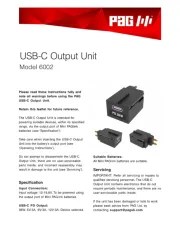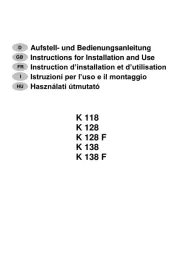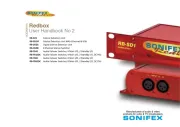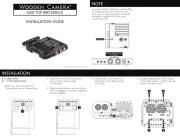Polyend Seq Manual
| Mærke: | Polyend |
| Kategori: | Ikke kategoriseret |
| Model: | Seq |
Har du brug for hjælp?
Hvis du har brug for hjælp til Polyend Seq stil et spørgsmål nedenfor, og andre brugere vil svare dig
Ikke kategoriseret Polyend Manualer

28 September 2025

28 September 2025

1 September 2024
Ikke kategoriseret Manualer
- Veber
- Purpleline
- GoldenEar Technology
- Byron
- Olympus
- SWIT
- Camille Bauer
- Blood Cells Audio
- Rocketfish
- Colt
- Max
- SMS
- V3 Sound
- Propellerhead
- Texican
Nyeste Ikke kategoriseret Manualer

4 November 2025

4 November 2025

4 November 2025

4 November 2025

4 November 2025

4 November 2025

4 November 2025

4 November 2025

4 November 2025

4 November 2025
